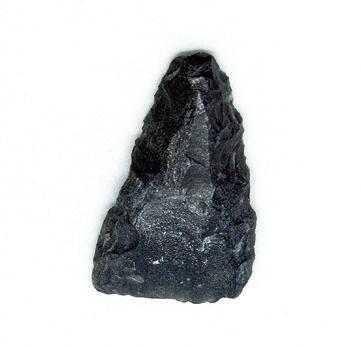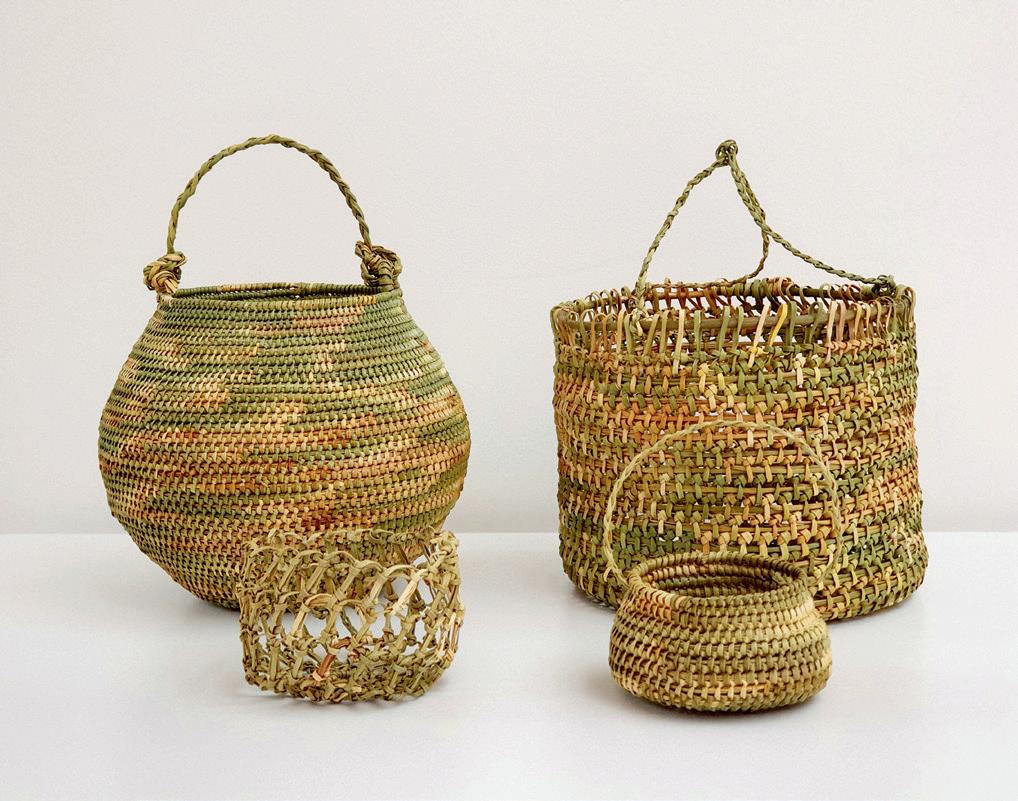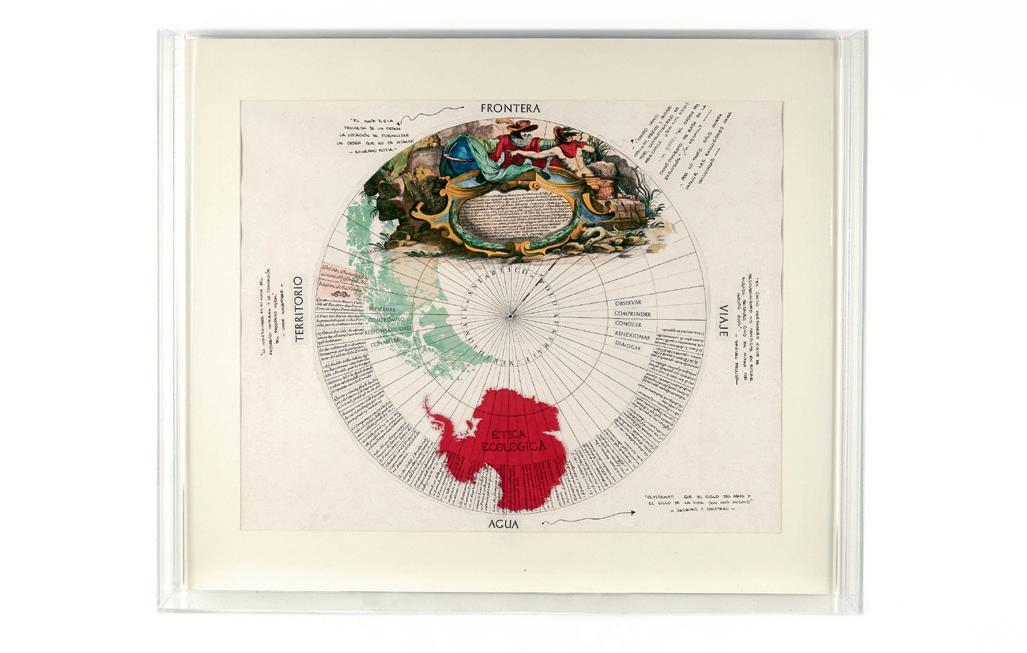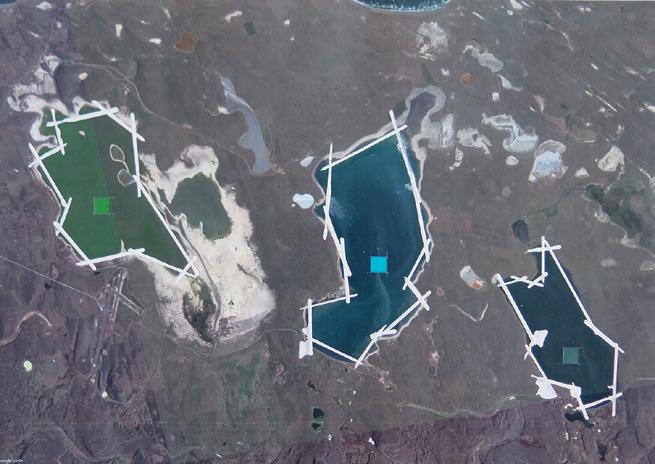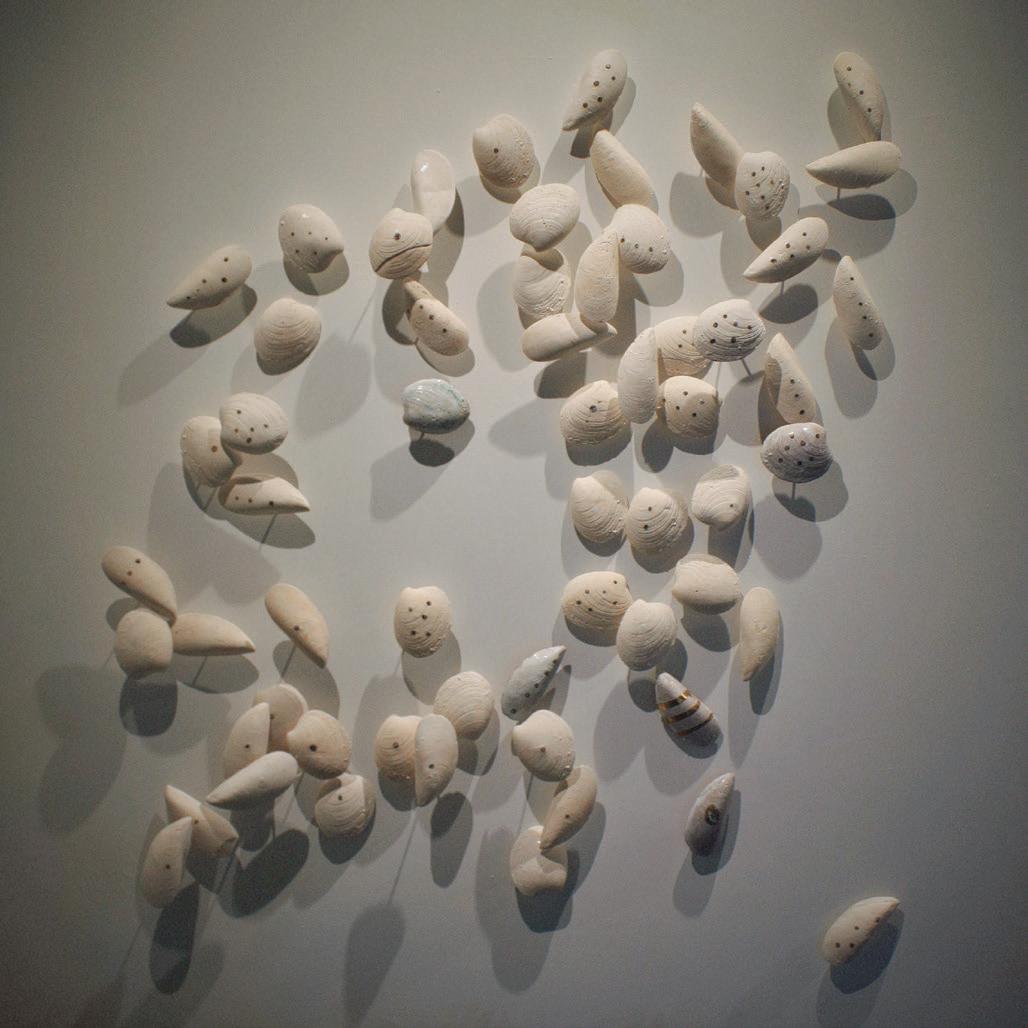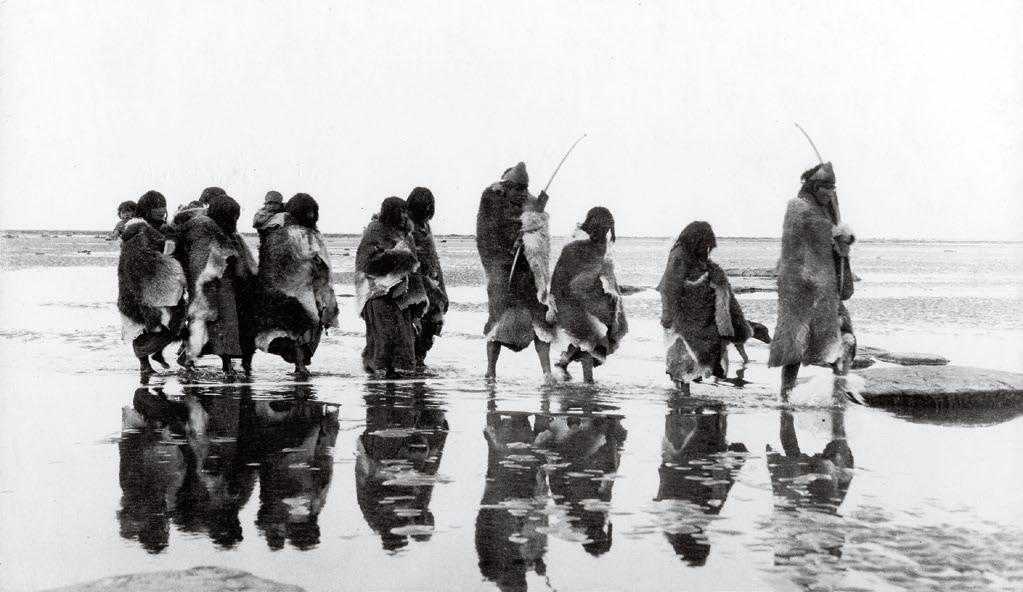
2 minute read
Selk’nam
El guanaco era la base de la alimentación selk’nam, junto a roedores como el tuco tuco, aves, moluscos, lobos marinos, ballenas varadas, pescado y vegetales. El guanaco era tan importante que “comida” y “carne de guanaco” tenían el mismo nombre: jepr. Su piel se utilizaba en las paredes y cubiertas de las viviendas, en los mantos y prendas de indumentaria y para realizar contenedores; sus huesos, para fabricar herramientas y armas; los tendones, para hacer hilos y cuerdas; y la grasa, pigmentada, para las pinturas faciales y corporales. El reparto de tareas era similar al de los grupos kawésqar. El arco –ha– y las flechas –yah– eran las principales armas de los selk’nam. Los arcos eran realizados por artesanos especializados, k-haäl-chin. La caza era una pasión para los hombres, que obtenían prestigio siendo buenos cazadores, guerreros y arqueros.
–The guanaco was the basis of the Selk’nam diet, along with rodents such as the tuco tuco, birds, mollusks, sea lions, beached whales, fish and vegetables. The guanaco was so important that “food” and “guanaco meat” had the same name: jepr. The skin was used on the walls and roofs of the houses, in the cloaks and clothing and to make containers; the bones, to make tools and weapons; the sinews, to make threads and ropes; and the fat, mixed with pigments, for face and body paints. The division of tasks was similar to that of the Kawésqar groups. The bow –ha– and the arrows –yah– were the main weapons of the Selk’nam. The bows were made by specialized craftsmen, k-haäl-chin. Hunting was a passion for men, who gained prestige by being good hunters, warriors and archers.
Advertisement
Selk’nam caminando por la playa / Selk’nam walking on the beach. Charles Wellington Furlong, 1908. Instituto de la Patagonia. (Universidad de Magallanes, Punta Arenas, Chile).
Punta de flecha, heurh. Siglo XIX. Vidrio. Museo Nacional de Antropología.
Las puntas de flecha, heurh, eran de piedra. Tras el contacto con los europeos comenzaron a hacerlas de vidrio, con fragmentos de botellas. La forma característica es triangular, con pedúnculo y dos aletas.
Arrowhead, heurh. 19th century. Glass. Museo Nacional de Antropología.
Arrowheads, heurh, were made of stone. After contact with Europeans they began to make them of glass, with fragments of bottles. The characteristic shape is triangular, with a stem and two barbs.
Punta de flecha, heurh. Siglo XIX. Sílex. Museo Nacional de Antropología.
Esta punta carece de pedúnculo y aletas, podría tratarse de una punta sin acabar.
Arrowhead, heurh. 19th century. Flint. Museo Nacional de Antropología.
This point lacks a stem and barbs, it could be an unfinished point.
